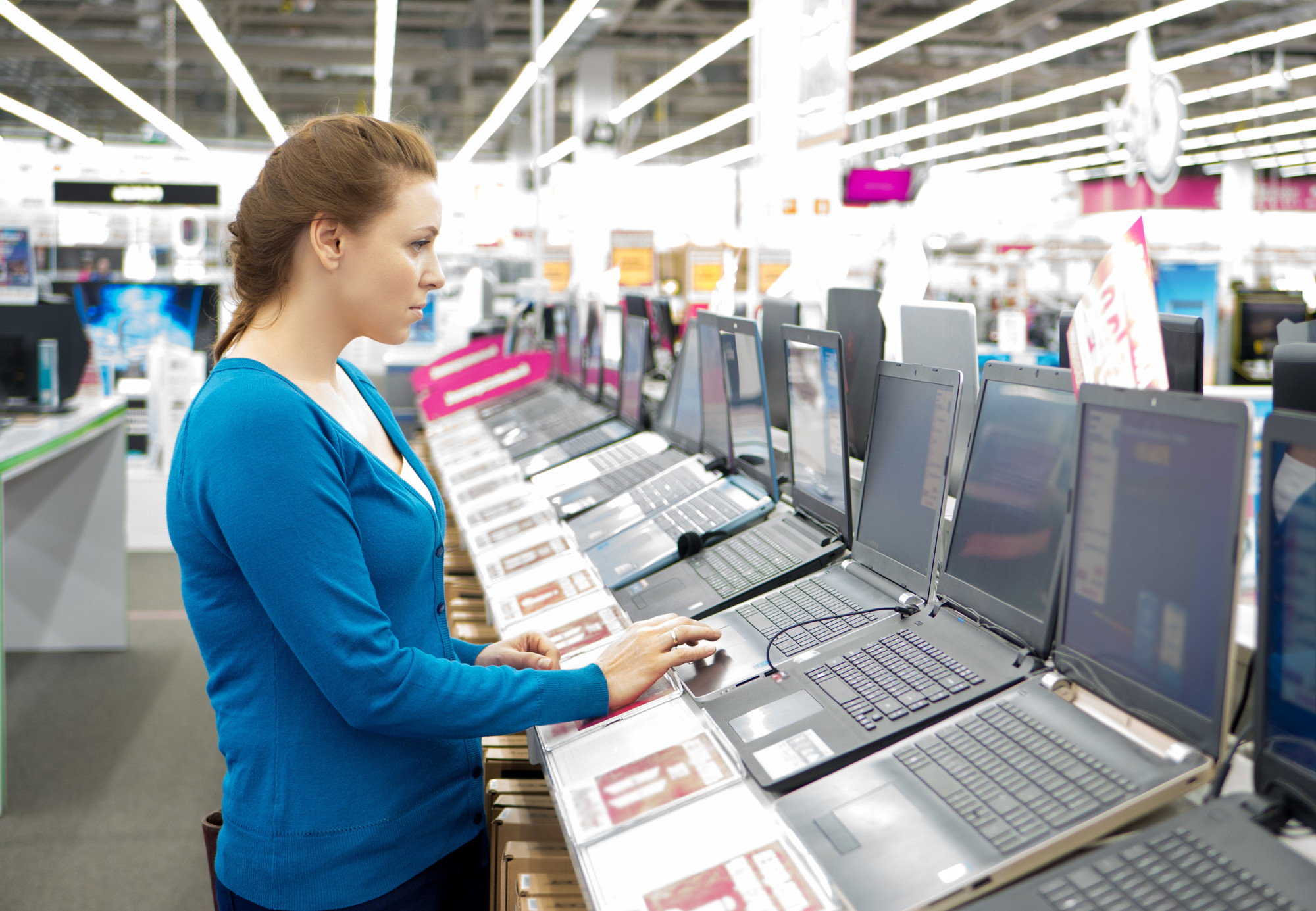
5 Things You Need to Consider When Purchasing a Laptop
Once resigned to basic office work, laptops now boast a wide selection of specialized components and features. They’re the perfect mobile solution for students and professors, gamers and professionals, and everything in-between.
But that’s made the task of purchasing laptops a true challenge. After all, with so many different parts, pieces, and prices, manufacturers struggle to guide average consumers to the right purchase.
If you don’t know anything about these devices, it’s almost certain you’ll buy a laptop that doesn’t impress. Don’t set yourself up for disappointment. Here are the five main things to look for when buying a laptop.
Contents
1. Choose an Operating System
Odds are, you’ve probably been using the same operating system your entire life. It’s easy to go with the familiar option. But in the world of laptops, operating systems are an entirely different environment.
For example, Chrome OS is part of the picture. This operating system is found on Chromebooks. It’s great for simple internet-related tasks, such as surfing the internet or going through emails.
And in most work environments, that’s probably all you really need. Chrome OS is competitive since associated laptops tend to be some of the most affordable options. Chrome extensions also give you more flexibility than you might expect.
Windows 10 is identical on both laptops and desktop computers. The best part about going with the Windows OS is freedom of choice. More manufacturers mean more parts, and this leads to enhanced control over the individual components in your laptop.
Plus, most software runs on Windows devices. It’s basically the only option if you’re into the gaming scene. The same cannot be said of macOS.
Standard designs can benefit macOS devices, however. MacBooks are usually more secure and consistent since all the components and software are made by one company. In general, their proprietary software is generous and functional, offering a wide range of functions you might have to pay for on Windows.
2. Decide on a Display
Remember that laptops are the full package. What you see is what you get.
You can’t go out and buy a new display monitor for the laptop. If yours is 12 inches and that’s not enough, you’ll have to learn to deal with it. Technically, you can connect a desktop monitor to most laptops, but then what’s the point of buying a mobile computer?
First, you should know how the measuring system works. Manufacturers measure the display from one corner across to the other. To conceptualize a screen size, just hold your measuring stick diagonally.
But your best bet is to visit a store in-person to make note of the size difference. 14 inches and below may be acceptable for basic work functions, but you’ll want more space for serious projects, such as artwork or gaming.
Display size also determines how heavy your laptop is. Are you going to be carrying this around with you all day? It’s better to go with a smaller screen rather than lugging a 6-pound laptop across campus.
3. Examine the GPU
“GPU” stands for graphics processing unit. It’s a fancy word for a graphics card. Naturally, the GPU is a pivotal component for those seeking a gaming laptop.
But you may be surprised to learn that the GPU is not only for gaming enthusiasts. Video editing and graphic design require a powerful GPU to get the job done.
If you don’t see a GPU listed in the component description, then it’s an integrated chip built into the processor. This is to say that the GPU will offer low performance.
When it’s listed, you still can’t tell if it’s a good card or not. Need a good GPU? Then check out the coveted GPU hierarchy guide.
4. Test the Touchscreen
Even cheap laptops now come with touchscreen technology. It’s like using a large mobile phone. That may seem rudimentary until you realize the alternative is a touchpad, which doesn’t come close to the precision of a real mouse.
If touch control is a necessity for you, be sure to test the devices thoroughly at a brick-and-mortar store. In addition to the touchpad, give the keyboard a test run, too.
It’s easy to hook a cheap wireless mouse into a laptop with a frustrating touchpad. It’s not so easy to hook up a bulky keyboard.
5. Determine Storage Needs
In the computer world, storage refers to the amount of data your device can hold. This comes down to the hard drive or solid-state drive installed in the laptop.
Many consumers give the storage little thought, but later regret to learn that the laptop doesn’t have space to download movies, games, or anything more than a Word document.
For a basic laptop, 128GB should be more than enough. For anything more, it’s in your best interest to find one with at least 500GB or even 1TB.
Nowadays, two types of storage drives are available. Hard disk drives (HDD) are cheaper, but offer worse loading times and shorter life spans. Solid-state drives (SSD) are superior in both accounts, but usually at twice the price for the same storage capacity.
For a more technical look at the best laptop features, check out a guide from the experts at OamaTech.com.
Things to Look for When Buying a Laptop
These five considerations are not the only things to look for when buying a laptop, but they cover the most common shopping mistakes. If you’re ever overwhelmed, take a look at the price tag. The more you spend, the more performance you can expect.
Want the latest tech news? Take a look at our website for more expert insight.


Comments are closed.